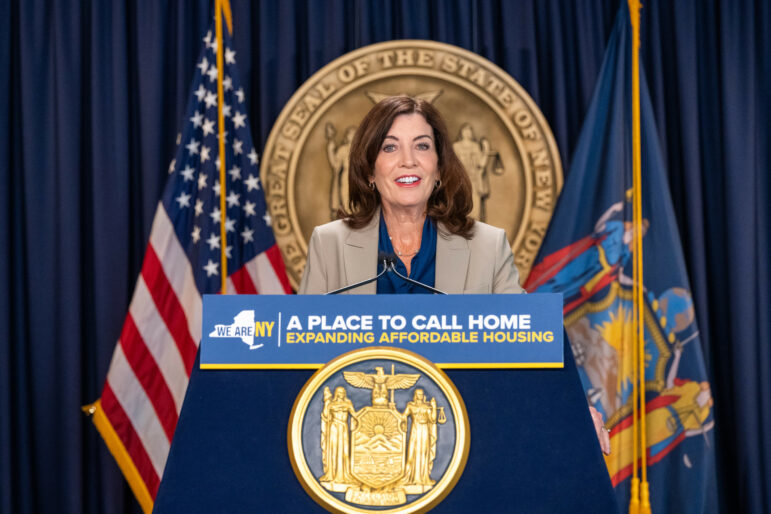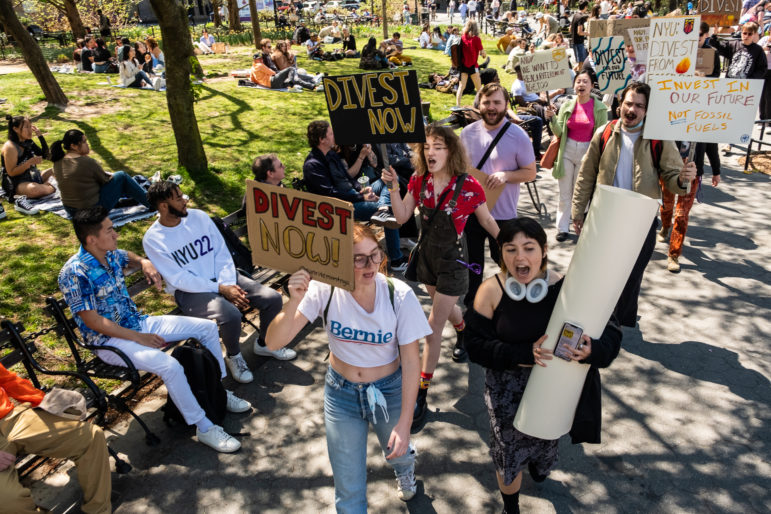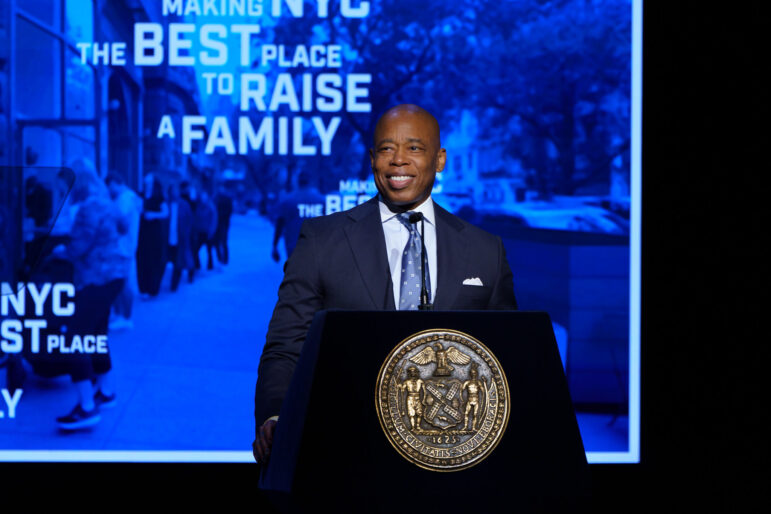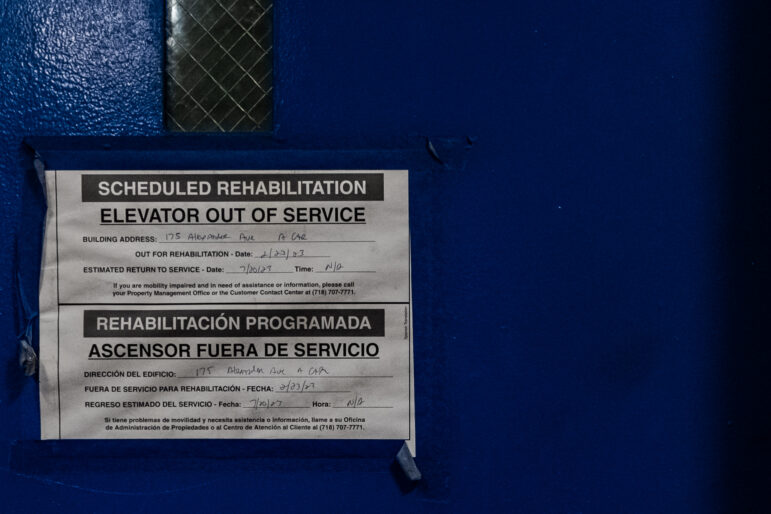A few decades ago, it was not uncommon for nonprofit housing developers to partner with investors to fund their projects. But one of the city’s oldest affordable housing managers never expected this arrangement could threaten its affordable housing business.
With financial support from 66 individual investors, Phipps Houses built Henry Phipps Plaza West 28 years ago as part of the state’s Mitchell-Lama program, which provided low-interest loans and tax breaks in exchange for developing low- and middle-income housing. Since then, the 894-apartment complex on Manhattan’s Second Avenue between 26th and 29th streets has been home to a mix of working-class families and senior citizens.
Nothing lasts forever, though. In the case of Mitchell-Lama buildings, the state required developers to keep rents low for 20 years. At that point, landlords can “buy out” of the program and get back the bulk of their profits–millions in Phipps Plaza’s case–and raise rents to market rate. Over the last 15 years, more than 30 developers reportedly have done so, and Phipps Houses looks to be next–much to its dismay.
In 1989, seven years before Phipps Plaza West’s contract came up for renewal, Phipps’ investors told the nonprofit developer they wanted the buildings out of Mitchell-Lama. Phipps resisted. A decade later, the group found itself in court, sued by its investors.
At that point, the future did not look good. “I knew we would never change their minds,” says Adam Weinstein, president of Phipps Houses. But, last month, after three years of negotiating, a settlement was reached: As early as this summer, the building will leave Mitchell-Lama. Because the building has federal mortgage subsidies, tenants who qualify for Section 8 vouchers–allowing them to pay only 30 percent of their income in rent–can start using them immediately.
“Management will assist households to find ways they can qualify,” says Weinstein. He estimates between 70 and 80 percent of the tenants at Phipps Plaza will be found eligible.
The tenants are less confident. When the owners of Waterside, an ex-Mitchell Lama building on the East River, made that same arrangement, only 20 percent of the residents qualified for vouchers. For the rest, rent hikes were set at 9 percent a year.
So some state legislators are trying to do what they can, given that there are 260 Mitchell-Lama buildings in the city and 422 statewide. Assemblymen Steve Sanders, Edward Sullivan and Scott Stringer have drafted bills to extend the buyout limitation period and to make Mitchell-Lamas rent-stabilized. But, given Republican opposition, even that does not look promising. Says Sanders, “I don’t see any program in the future to replace Mitchell-Lama.”








